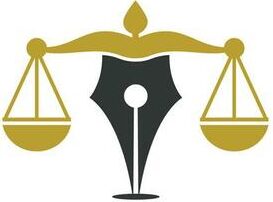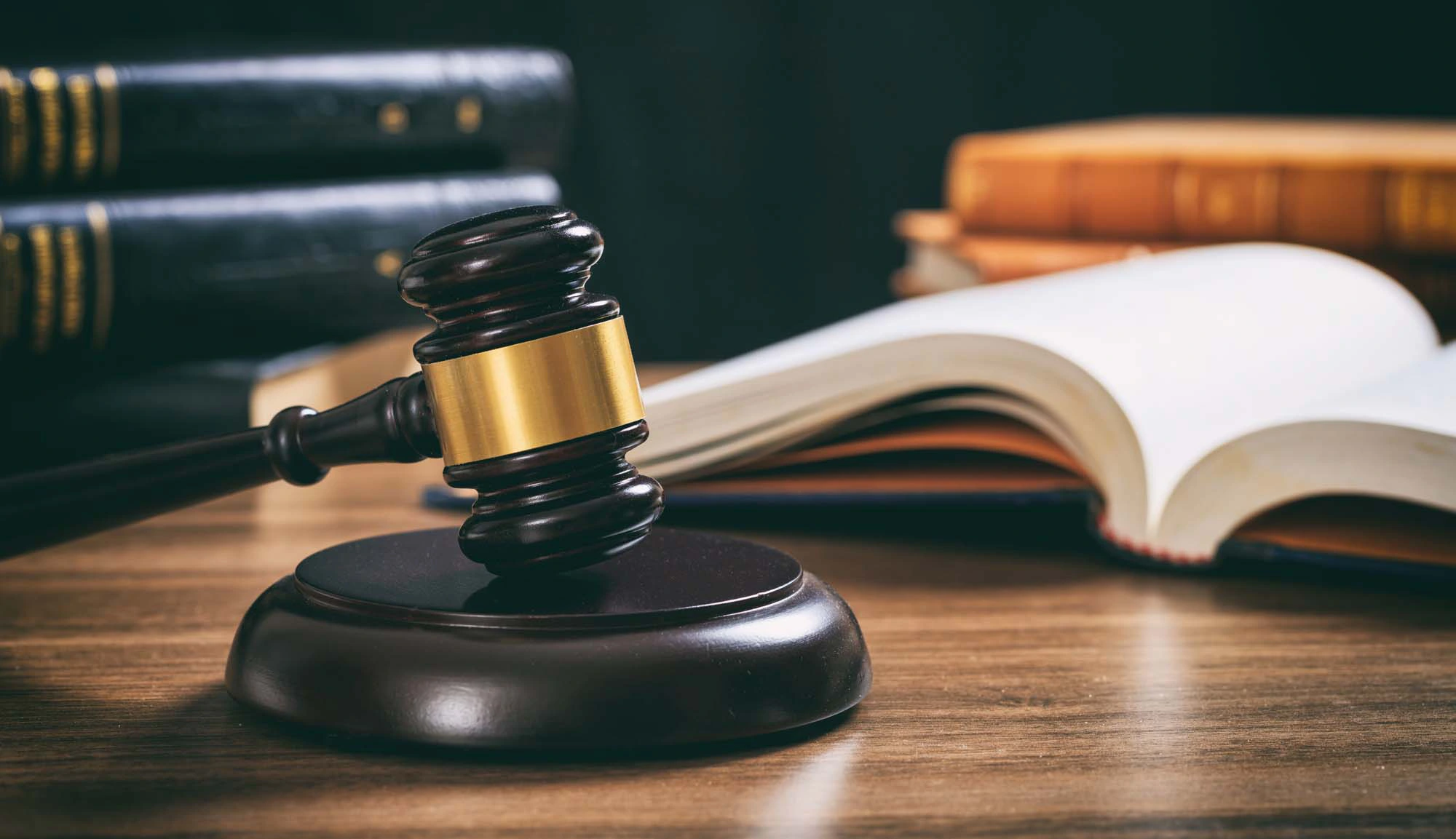CPLR 3215, an integral part of New York’s legal framework, serves as a procedural guideline for civil litigation. Its primary purpose is to provide a structured approach when one party fails to respond or participate adequately in a legal dispute. This rule ensures that the legal system can continue to function even in the absence of cooperation from all parties involved. Whether you’re a seasoned attorney or an individual navigating the complexities of a lawsuit, understanding CPLR 3215 is fundamental to achieving a fair and efficient resolution.
Purpose and Significance:
The purpose and significance of CPLR 3215 cannot be overstated. Its core function is to enable the party who initiated the lawsuit, known as the plaintiff, to proceed when the defendant remains unresponsive. This rule upholds the principles of fairness and efficiency in civil litigation by preventing one party from stalling or obstructing the legal process. It ensures that cases can move forward, allowing for timely resolution and the dispensation of justice.
Who Can Initiate CPLR 3215?:
CPLR 3215 can be initiated by the plaintiff, the party who initiated the lawsuit when the defendant fails to respond within the specified timeframe. This rule empowers plaintiffs to seek a default judgment as a means of advancing their case when the defendant remains silent. It is a pivotal tool for plaintiffs seeking resolution in cases where the defendant’s cooperation is lacking.
The Core Elements of CPLR 3215:
CPLR 3215 comprises several critical elements, each playing a distinct role in the legal procedure:
Service of the Summons and Complaint:
Proper service of the summons and complaint is the cornerstone of any legal action. It serves as the formal notification to the defendant, informing them of the lawsuit’s existence and their obligation to respond within a designated period. Failing to execute this step correctly can have profound implications for the case.
Default and Default Judgments:
A default situation arises when the defendant fails to respond or appear as required within the specified timeframe. CPLR 3215 grants the plaintiff the ability to request a default judgment in such instances. Default judgments can profoundly impact the outcome of a case, making it imperative for both parties to grasp their implications.
Affidavit of Service:
The affidavit of service is a sworn statement affirming that the summons and complaint were appropriately served on the defendant. This document is crucial as it serves as evidence that the defendant was duly notified of the lawsuit. It is a fundamental component when pursuing a default judgment.
These core elements of CPLR 3215 lay the foundation for the procedural aspects of this rule, and understanding them is vital for all parties involved in the legal process.
Timelines and Deadlines:
Timelines and deadlines within CPLR 3215 are pivotal in ensuring the legal process remains efficient and fair. The time limit for serving the summons establishes the initial framework for a lawsuit, demanding that plaintiffs serve the summons and complaint promptly. Defendants, on the other hand, must adhere to the response time, typically within 20 or 30 days.
Failure to meet these deadlines can result in a default judgment, underscoring the importance of understanding and respecting these timeframes. Applying for a default judgment is the final step in this process, where the plaintiff can seek a ruling in their favor when the defendant fails to respond timely. Navigating these timelines and deadlines requires precision and awareness of the legal clock, as missteps can significantly impact the case’s outcome.
Time Limit for Serving the Summons:
The time limit for serving the summons is a critical initial consideration in any lawsuit governed by CPLR 3215. Plaintiffs must ensure the summons is properly served on the defendant within the stipulated timeframe, typically 120 days from filing. This serves as a fundamental requirement to initiate legal proceedings and sets the stage for the entire case. Failure to meet this deadline can lead to the dismissal of the lawsuit, emphasizing the need for strict compliance.
Response Time for the Defendant:
Defendants, upon being served with a summons and complaint, must respond within a specific timeframe, typically 20 or 30 days. This response time is pivotal, as it represents the defendant’s opportunity to present their defense and participate in the legal process. Failing to respond within the specified period can result in a default judgment being entered against them. It’s essential for defendants to be aware of this response window and take appropriate action to protect their interests.
Applying for a Default Judgment:
Applying for a default judgment is a significant step in CPLR 3215, available to plaintiffs when the defendant fails to respond within the prescribed time frame. It involves filing the necessary documents and affidavits to request a judgment in their favor. While this option offers advantages to plaintiffs seeking resolution, it also carries a weighty responsibility. Plaintiffs must ensure they follow the correct procedure, including submitting a valid affidavit of service, to avoid potential challenges to the default judgment’s validity.
Challenges and Defenses:
Challenges and defenses are inherent in the legal process, and understanding them is essential for both plaintiffs and defendants in CPLR 3215 cases.
Valid Defenses for the Defendant:
Defendants facing a default judgment have the opportunity to assert valid defenses. These defenses can range from contesting the service of process to presenting substantive arguments against the plaintiff’s claims. Common defenses include lack of proper service, mistaken identity, or even demonstrating that the plaintiff’s claims lack merit. Defendants must be aware of their rights and options to mount a strong defense when facing a default judgment.
Setting Aside Default Judgments:
For defendants who find themselves on the receiving end of a default judgment, there is the possibility of seeking to set it aside. This process involves demonstrating to the court that there are valid reasons for the default and that justice demands a reevaluation of the case. Successfully setting aside a default judgment can provide defendants with another opportunity to present their defense.
Advantages of Using CPLR 3215:
For plaintiffs, CPLR 3215 can expedite the resolution of their case when the defendant remains unresponsive. It provides a mechanism for moving forward in the absence of cooperation, ensuring that the legal system can continue to function effectively. This rule can save plaintiffs time and resources while allowing them to seek a judgment in their favor.
Potential Risks for Both Parties:
However, it’s crucial to recognize the potential risks associated with CPLR 3215. For plaintiffs, the benefits of a default judgment come with the responsibility of adhering to strict procedural requirements. Failing to do so can lead to challenges and potential delays. On the other hand, defendants must be aware of the consequences of failing to respond within the prescribed timeframe, as it can result in a default judgment against them, potentially leading to unfavorable outcomes.
Best Practices for Plaintiffs:
Plaintiffs should prioritize timely and proper service of the summons and complaint, ensuring compliance with the time limit. It’s essential to accurately complete and file the necessary documents when applying for a default judgment. Additionally, maintaining clear and organized records throughout the process can streamline proceedings.
Defendant’s Action Plan:
Defendants must be proactive in responding to a summons and complaint within the specified timeframe to avoid default judgments. This includes consulting with legal counsel, assessing potential defenses, and preparing a robust response. If facing a default judgment, defendants should explore the option of setting it aside by presenting compelling reasons to the court.
Conclusion:
In conclusion, navigating the legal landscape with CPLR 3215 requires a comprehensive understanding of its procedures, timelines, and potential consequences. It empowers plaintiffs seeking resolution and offers an opportunity for defendants to present their defenses. While this rule streamlines the legal process, it demands adherence to strict deadlines and procedural requirements. Ultimately, a well-informed approach is key to successfully navigating CPLR 3215 and achieving a fair and just resolution in civil litigation.
FAQs CPLR 3215
Q1: What is CPLR 3215, and why is it important?
CPLR 3215 is a crucial part of New York’s legal framework, outlining procedures for civil litigation when one party fails to respond adequately. It’s essential because it ensures that legal proceedings can continue, even if one party is uncooperative, promoting fairness and efficiency.
Q2: Who can initiate CPLR 3215?
CPLR 3215 can be initiated by the plaintiff, the party who initiated the lawsuit when the defendant fails to respond within the specified timeframe. It’s a tool for plaintiffs when the defendant remains unresponsive.
Q3: What are the core elements of CPLR 3215?
CPLR 3215 includes key elements like the proper service of summons and complaints, the concept of default, and the affidavit of service. Understanding these elements is vital for all involved parties.
Q4: What is the time limit for serving the summons?
Plaintiffs must serve the summons and complaint within typically 120 days from filing. Failure to meet this deadline can lead to the dismissal of the lawsuit.
Q5: How long does a defendant have to respond to a lawsuit?
Defendants usually have 20 or 30 days to respond after being served with a summons and complaint. Failing to respond within this timeframe can result in a default judgment.
Q6: How can a plaintiff apply for a default judgment?
To apply for a default judgment, plaintiffs need to file the necessary documents and affidavits, ensuring they follow the correct procedure, including submitting a valid affidavit of service.
Q7: What are valid defenses for defendants facing a default judgment?
Defendants can assert defenses, including challenging the service of process, presenting substantive arguments against the plaintiff’s claims, or demonstrating that the claims lack merit. Understanding these defenses is crucial.
Q8: Is it possible to set aside a default judgment?
Yes, defendants can seek to set aside a default judgment by demonstrating valid reasons for the default and the need for a reevaluation of the case.
Q9: What are the advantages of using CPLR 3215 for plaintiffs?
CPLR 3215 can expedite case resolution when the defendant is unresponsive, saving time and resources for plaintiffs while allowing them to seek a favorable judgment.

